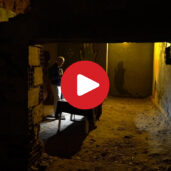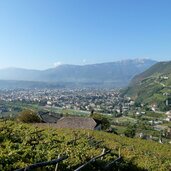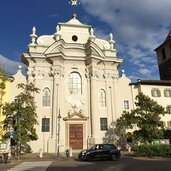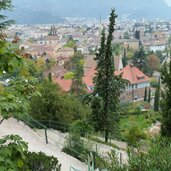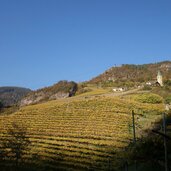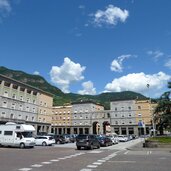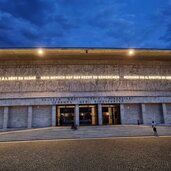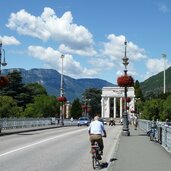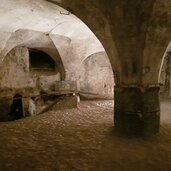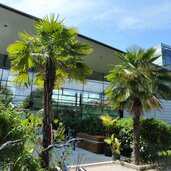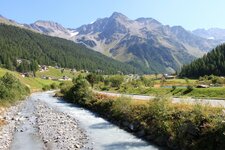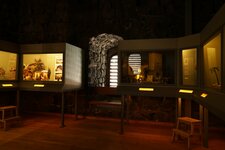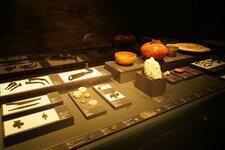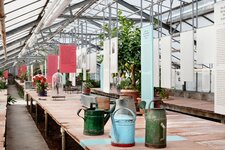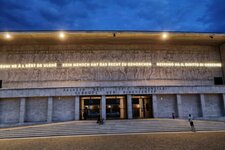From spa town to vibrant neighbourhood: Bolzano’s Gries-San Quirino with its historic wineries
Image gallery: Bolzano Gries-San Quirino
Bolzano's second-largest district, Gries-San Quirino, extends around the Muri-Gries Abbey at the Gries Square. The protected ensemble of Benedictine abbey and Collegiate Church of St. Augustine forms the heart of the district. Within the old walls, you'll find a Nativity Scene Museum. Other museums worth visiting in the quarter are the Pons Drusi Museum, exhibiting finds from the Roman era, and the Greenhouse III, a unique combination of garden centre and art exhibition.
From the Muri-Gries Monastery, the district stretches towards Moritzing, encompassing the hospital and the newly built Bolzano Winery. It continues up Monte Guncina to the Merano crossroads with the new Prati di Gries residential area, also part of the district, and along the Viale Druso road to the right bank of the Talvera River at the Piazza della Vittoria. Gries was once an independent municipality and a spa resort in South Tyrol. One of the oldest travel documentaries produced in Austria, dating back to 1913, is titled "Bolzano with the health resort Gries".
San Quirino (Quirein) was one of the seven hamlets of Gries and owes its name to St. Quirinus of Tegernsee, as the monks of the Tegernsee Abbey cultivated a vineyard on the right bank of the Talvera River. During the fascist era, Gries was incorporated as a district into Bolzano.
Nevertheless, Gries has retained its village character with its historic wineries. Even today, wine is still cultivated in Gries. Among the best-known varieties are Lagrein and Merlot, mostly vinified in the Bolzano Winery and the Muri-Gries Winery. Gries has always been known for its panoramic views of Bolzano. Follow the Guncina Promenade and enjoy the view over the regional capital.


